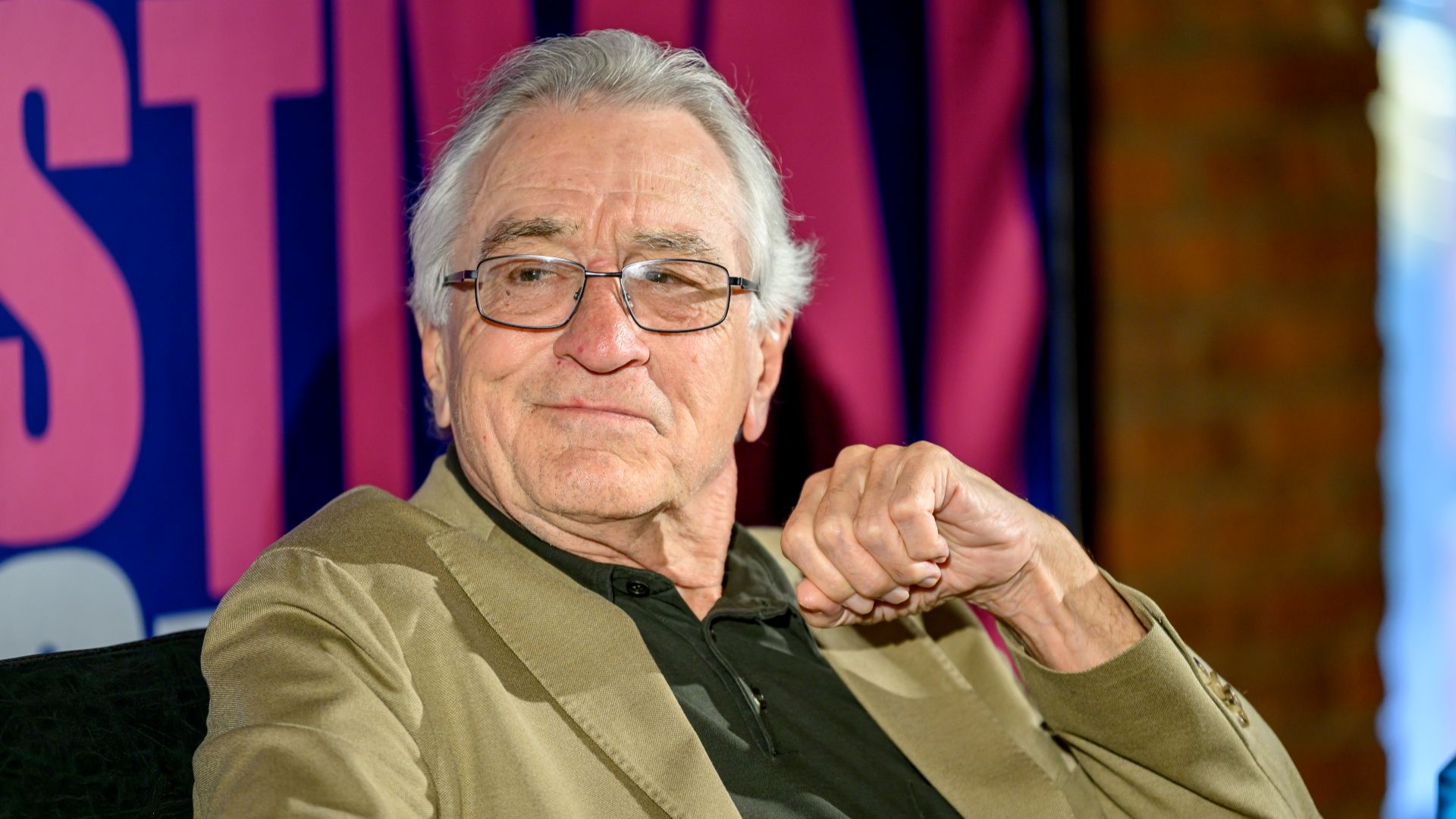‘I think that, in general, society, public authorities, get used to the existence of people who are passionate about a certain cause, and who do a lot with little,’ says Roched Seba, director of the NGO
the boa constrictor (Boa constrictor) showed up extremely injured at the Instituto Vida Livre. Santinha’s jaw – the name affectionately chosen by Roched Seba, 36, director of the NGO – was completely broken and some professionals even thought of euthanasia, a technique to promote a calm and peaceful death for the animal.
Thiago Muniz, 41, was one of the vets who assisted Santinha and explains what really happened. “Santinha arrived with a very serious trauma, in which she had a fractured jaw. The fracture involved several jawbones, which were broken and completely misaligned,” he explained.
“In addition to the fracture, the animal had neurological symptoms, possibly due to the trauma,” Thiago said.
Warning, strong images.
Professionals suspect that Santinha has suffered some kind of assault, due to the condition in which she arrived at the Institute. “Precisely because her trauma was concentrated in the jaw region. Most likely the aggression is due to the fear that people have of snakes,” she stressed.
Thiago also explains that even though Santinha’s species is a snake, it poses no risk to people. It is not a poisonous animal, but an animal of extreme importance for the biological balance.
The boa constrictor’s condition was so bad that he couldn’t even coordinate his head and neck, according to Thiago he was uncoordinated. The professionals carried out intensive treatment in the first consultation so that Santinha had a chance to survive.
The professionals designed a splint on the animal’s jaw, which was from the inside out, so that the boa constrictor would not move its head. They were very careful not to close her vent and also fed her through a tube, since she couldn’t do it herself.
According to Thiago, there was a moment in which all the professionals who treated Santinha seriously thought about the possibility of euthanasia, due to his extremely serious conditions. “We decided to give it a try, because after all, every life is important, every effort is worth it. If we could get that animal back, we could give it a good living condition. Not just keeping the animal alive, but keeping it alive in a healthy and functional way, so that it could feed itself”.
Roched Seba explains that Santinha is an endangered species and, since it is a national heritage animal and a collective good, the right thing would be for the government to pay the expenses it has on a daily basis. “Nobody pays for it. The government doesn’t pay for it, the people don’t pay for it. Sure, people who donate do,” he said.
During these seven months in which the animal is in the Institute, numerous procedures have been performed, such as free time, ozone, ultrasound, radiography. Other than the time she was immobilized and only ate through a tube.
Through partnerships with professionals in the area, who are NGO collaborators, it is possible to make the whole treatment cheaper but, even so, keeping a boa constrictor under control is very expensive. “We paid for it, with our work, with our resources, with our support network of people who come to help,” said the director.
Animals at risk of extinction, such as the Santinha, sloths, jaguars, rhinos, are hunted and killed every day and the only one responsible is man. “An animal that ends is forever. The jaguar, if it becomes extinct, is forever. It is very serious for man to sign the extinction of many animals, it is a very serious thing”, he said.
The importance that society attaches to pets such as cats and dogs is very different from that attributed to wild animals. Seba believes that the biological importance of the Santinha is much more relevant than that of a dog. “Of course, with the love of family, the emotional issue. From a neutral point of view, it would be much more important and expensive to save the Santinha, a sloth or other wild animal in danger of extinction.”
a star was born
Santinha’s first video was posted as soon as she arrived at the Instituto Vida Livre, in August 2023. Internet users soon rebelled against the animal’s state and a support network was formed.
To raise awareness of the importance of preserving and never killing animals, Roched Seba, director of the NGO, started sharing the treatment of the boa constrictor and soon a legion of fans emerged: the famous Santiniers.
With each new step in treatment, with each new result, Internet users cheered and celebrated. Many said they had followed the case from the beginning which ended up making the recovery process much more joyful and hopeful for the team.
Thiago explains that Santinha exceeded all the team’s expectations, as they believed that even when she recovered she would have to live in captivity to be able to be fed, but she is evolving every day and there are real chances of returning her to her natural habit.
On February 24, after more than six months of treatment, Santinha had her first attack and ate a mouse by herself. “She pounced, she caught live prey again. She went back to all that natural animal behavior. She continued with the strange behavior of people, attacking. She caught the prey herself,” praised the veterinarian.
“We have this expectation, yes, to return it to nature. Not for the moment, but it is something that will be worked on, reworked, tested, because it is an animal that has proved to be far beyond our expectations. It will be up to her” , he concluded. .
The beginning of the Institute
The Institute was born from the passion and research of the communicator and director of the Vida Livre Institute, Roched Seba, 36 years old. Since childhood he loved animals and also developed the artistic side of him, painting birds and other animals.
In the course of communicating on a scientific research project, Seba decided that he would invest his time in a greater purpose and, even though he enjoyed the communication, he would use his love of animals to carry out the plans.
Thus, in 2014, he finished his master’s degree in Production Engineering at Coppe-UFRJ, and through mutual friends, he met the singer Ney Matogrosso. After much conversation and preparation, Ney became the Institute’s patron, giving up his own space on the private farm to be the NGO’s first drop area.
In March 2015, Instituto Vida Livre begins operations in the Wild Animal Release Area – ASAS Vida Livre Serra do Matogrosso, in Saquarema, Rio de Janeiro. Since then, this was NGO’s first release space.
“I remember the first release. It was me and Ney and we released a caboclo falcon. A huge falcon. It was very emotional. It was the first concrete realization of the work”.
After the first step, the NGO started having direct contacts with the Brazilian Institute for the Environment and Renewable Natural Resources – IBAMA, who work together to free, care for and return these endangered species to nature.
The lack of public power
Seba explains that the NGO does not have a fixed partnership with any company, that donations happen sporadically and that the Institute really lives on donations, events, such as a charity dinner, etc.
“I am very happy with the work we do, both the people who are part of my team, and the people who are part of the ecosystem of the Institute, in general, these are very important relationships, people who have become my friends. It is a very connected relationship “, explains the director of the NGO.
In a universe of love and cute animals, there are also difficulties and difficult times. Although he is the director of the Institute, Seba does not have a fixed salary, as his work is voluntary.
According to Seba, people think it is normal to have Father Júlio Lancelotti, for example, taking care of the homeless and people in vulnerable situations, and without receiving anything for it. Instead of asking for this help and the provision of services to public authorities.
“I think several things need to change, different thoughts. I think that, in general, society, public authorities, get used to the existence of people who are passionate about a certain cause, and who do a lot with little,” he explained.
Source: Terra
Ben Stock is a lifestyle journalist and author at Gossipify. He writes about topics such as health, wellness, travel, food and home decor. He provides practical advice and inspiration to improve well-being, keeps readers up to date with latest lifestyle news and trends, known for his engaging writing style, in-depth analysis and unique perspectives.









